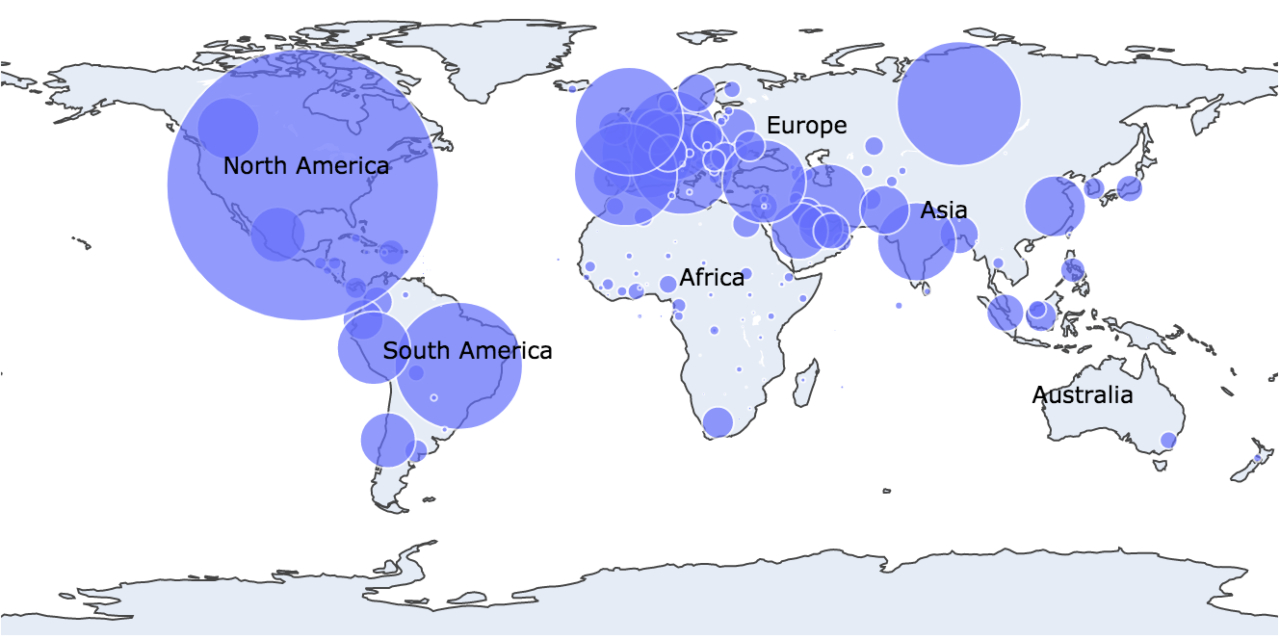Three graduate students at the University of Alberta developed a new, interactive tool to help provide insight into the COVID-19 pandemic.
"The goal is to transform the dynamic big data to charts and graphs for ordinary people to easily understand the spread and identify trend patterns across countries," explained Frincy Clement, who developed the new COVID-19 dashboard along with fellow grad students Asket Kaur and Maryam Sedghi in the U of A's multimedia master's program.
"(Unlike) other COVID-19 visualization interfaces that mainly focus on trends, our dashboard is data-driven, interactive and provides both data analytics and projections."
Since December 2019, the pandemic has caused more than five million infections and nearly 350,000 deaths worldwide, according to the World Health Organization.
"Researchers and physicians have been working around the clock to gather related data and statistics, the volume of which is rapidly increasing by the minute," said Irene Cheng, adjunct professor of computing science and director of the multimedia master's program.
Clement said the dashboard has the potential to support countries battling new or emerging pandemics by improving access to the wealth of data being gathered on COVID-19, especially from locations that have been successful in flattening the curve.
"An interactive visualization dashboard is important to make appropriate decisions," added Cheng.
The U of A multimedia research group also collaborates with McGill University on monitoring vital signs and contact tracing, which will afford students more opportunities to participate in efforts to combat COVID-19.
